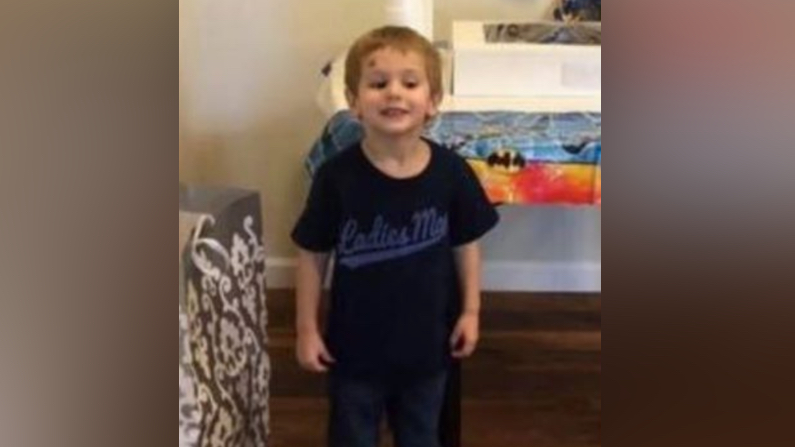Missing 3-year-old Casey Hathaway was found alive by authorities in North Carolina.
Hathaway vanished while playing with two other children in his grandmother’s backyard in Ernul on Jan. 21. When the two other children went inside, the adults realized Casey was missing and looked for him.
After 45 minutes, they called 911.
More than 100 volunteers assisted officers with the search but as of Thursday, officials said they were shifting toward using a “professional, well-trained search team” to look for Casey.
“It’s just because what we’ve run into because of what we’ve run into with the heavy rains, the gusty winds, the low visibility. We’ve had to turn away a lot of volunteers,” Craven County Sheriff Chip Hughes said.
The search included hundreds of acres of heavily wooded areas, with lots of sinkholes and other natural features that slowed the search crews.
Hughes said after the boy went missing that he wasn’t adequately dressed for the temperatures, which dipped below freezing at night. He was finally found when rescuers searching the woods heard him call out to them. Following the sound of his voice, they found him tangled in vines and thorns.
“Casey has been found alive. He was located by professional search and rescue crews off Toler and Aurora Roads. He is in good health, is talking and being evaluated by doctors at Carolina East Medical Center. He is with his family. Thank you all for helping us,” the sheriff said late Thursday.
“It’s a great evening, folks,” said Hughes at a press conference. “We brought Casey to his family just like we said we were going to do. We did not give up. We were persistent.”
“Little fellow is happy, and his parents are very happy as well. When he saw us, his little sister, [he] had a big smile on his face. It’s just very, very touching,” he added.
Casey has been found alive. He was located by professional search and rescue crews off Toler and Aurora Roads. He is in…
The sheriff thanked everyone who volunteered to help search in addition to all the professional search personnel and law enforcement officials.
Casey’s mother also spoke, struggling with emotion. “He’s good, he is good. He’s already up and talking, he’s already asked to watch Netflix, so he is good,” she told reporters.
“Thank you for coming out, all the prayers, it means a lot,” added Casey’s father.
In a post on Facebook, Casey’s aunt Breanna Hathaway added, “Casey is healthy, smiling, and talking. He said he hung out with a bear for two days God sent him a friend to keep him safe. God is good God. Miracles do happen.”
Casey is healthy, smiling, and talking. He said he hung out with a bear for two days God sent him a friend to keep him safe. God is good God. Miracles do happen.
由 Breanna Hathaway 发布于 2019年1月24日周四
Missing Children
There were 464,324 missing children reported in the FBI’s National Crime Information Center in 2017, according to the National Center for Missing and Exploited Children. Under federal law, when a child is reported missing to law enforcement they must be entered into the database. In 2016, there were 465,676 entries.
“This number represents reports of missing children. That means if a child runs away multiple times in a year, each instance would be entered into NCIC separately and counted in the yearly total. Likewise, if an entry is withdrawn and amended or updated, that would also be reflected in the total,” the center noted.

In 2017, the center said it assisted officers and families with the cases of more than 27,000 missing children. In those cases, 91 percent were endangered runaways, and 5 percent were family abductions.
About one in seven children reported missing to the center in 2017 were likely victims of child sex trafficking.
Missing children typically fall into five categories: kidnapped by a family member, abducted by a nonfamily perpetrator, runaways, those who got lost, stranded, or injured, or those who went missing due to benign reasons, such as misunderstandings, according to a report by the Department of Justice (pdf) in 2017. Reported missing children dropped from 6.5 per 1,000 children in 1999 to 3.1 per 1,000 children in 2013.

